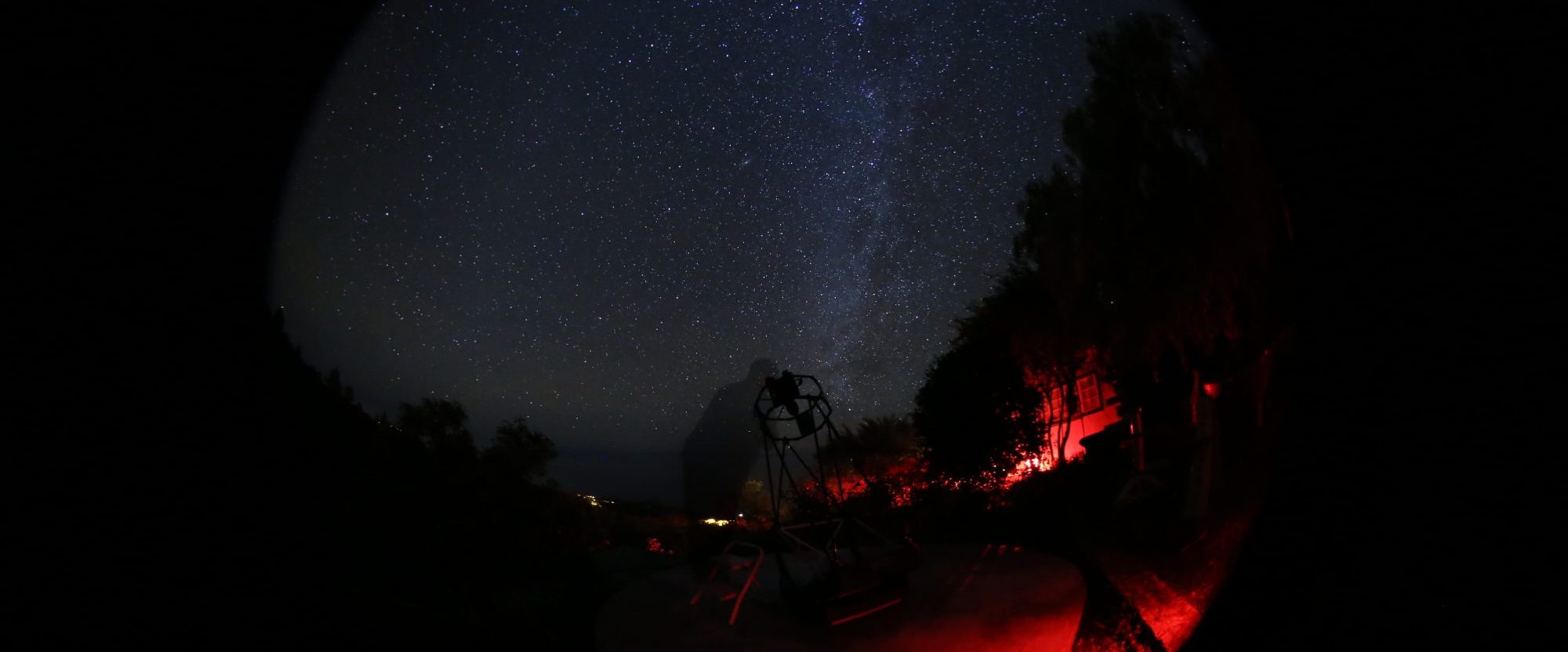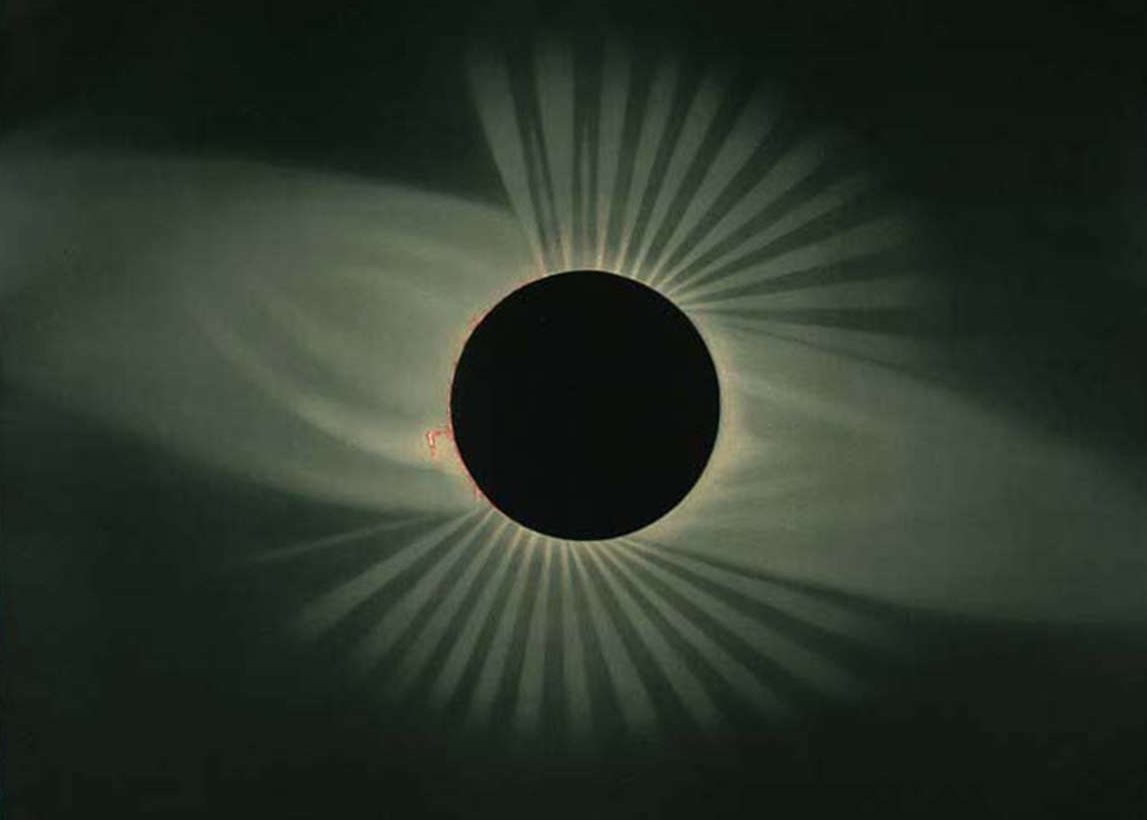
How to enjoy and see most of this breathtaking event. My lessons learned from four previous eclipses.
The Great American eclipse of August 21, 2017, looms around the corner, and people across the US and beyond are eagerly anticipating this event. For many of them, this might be their first eclipse – so there is a certain degree of excitement and aspiration.
From my own experience of observing four total solar eclipses, I was taught several lessons during each eclipse that I thought would help other observers to make the most of this unique event.
Why observe visually with a telescope?
Many of you will plan to make photos. I would like to recommend to observe visually instead. Why?
To see the eclipse in full detail through a telescope will be a personal experience you’ll never forget. You’ll concentrate on the event rather than on using your equipment as in photography. You can make use of the extended light gathering and resolution power of the available instrument. And you’ll be more relaxed to take in the event with the naked eye, as a telescope enhances, but does not replace the naked eye experience. Finally: there’ll be thousands of photos, but your own view is unique.
How not to do it: August 11, 1999
This was my first total eclipse of the sun. The event was heavily anticipated in Europe, and by me personally. I was eager to see it and by doing so, made several mistakes:
- Mistake #1: I had no plans for an observing site and thought this would work out eventually.
- Mistake #2: I wanted to bring all the gear I had at the time to make the most of it.
We started driving early in the morning without any plan where to go exactly. I set up the telescope just before first contact, only to stand in pouring rain minutes later. I dismantled everything in minutes, and we drove through the rain at 100mph as the eclipse was already under way, chasing for cloud gaps. My wife spotted the sun between clouds, but we had an argument as I wanted to have the best site including views to see the advancing shadow.
Finally we found a site already packed with people and I struggled to set up everything just moments before second contact.
Second contact came with lightning and thunder! Ten minutes after third contact, it poured down again. I can’t remember much of the rest of the day as I was extremely exhausted and tired, while we were struck in a traffic jam for five hours.
So, here is what resulted:
- Result #1: I wanted everything to be perfect, and ended up nearly missing it all
- Result #2: I was extremely tense and excited, and struggled to take in the moment
- Result #3: Stressed-out wife, that would not come with me on eclipse trips for the next 18 years
My lessons learned
Lesson learned: Plan ahead!
Here is what I recommend you to do one week before the event:
- Choose your observing site in advance. Make sure roads are open, and you have a site that is suitable.
- If observing in a group, everyone should have their own telescope
- Take a scope that is easy to use
- Take a scope that you know
- Make a solar test observation to check if everything works right, e.g. all eyepieces reach focus, the filter is in good shape, the scope is attached firmly to its mount
- If sharing, talk about who will be at the eyepiece at second and third contact before the event, respectively, because you’ll spoil everything when changing during these brief periods
- Binoculars are a great add-on if sharing views
- Use a mount with fine movement controls or motor to track sun
Lesson learned: Safety first!
- Do only use certified filters made for solar observing
- Make sure the filter is intact, has no holes and its frame is fit for purpose
- The filter must be fitted securely over top of telescope
- Learn how to get the filter on and off quickly, this should not take longer than one second
- Do not use anything else like
- Rescue foil
- Eyepiece filters („sun glass“)
- CDs, DVDs, sunglasses, welder glasses, smoked glass
- Anything that has not been designed for solar observing
- Never ever look into the sun without filter except during totality!
Lesson learned: Be ready!
- Check if the filter is put securely on scope!
- Have everything ready within reach
- If available, get a chair and a table
- If observing with an equatorial mount, a rough alignment is enough; otherwise, align during the night before
- Do not use more than three eyepieces which yield about 20x, 50x and 100x or one zoom eyepiece
- Check batteries and cables beforehand, make sure spare batteries are within reach
- Don’t move on eclipse day if you’re not 100% sure that this will help
- If not sure, stay where you are
Now let’s start the action!
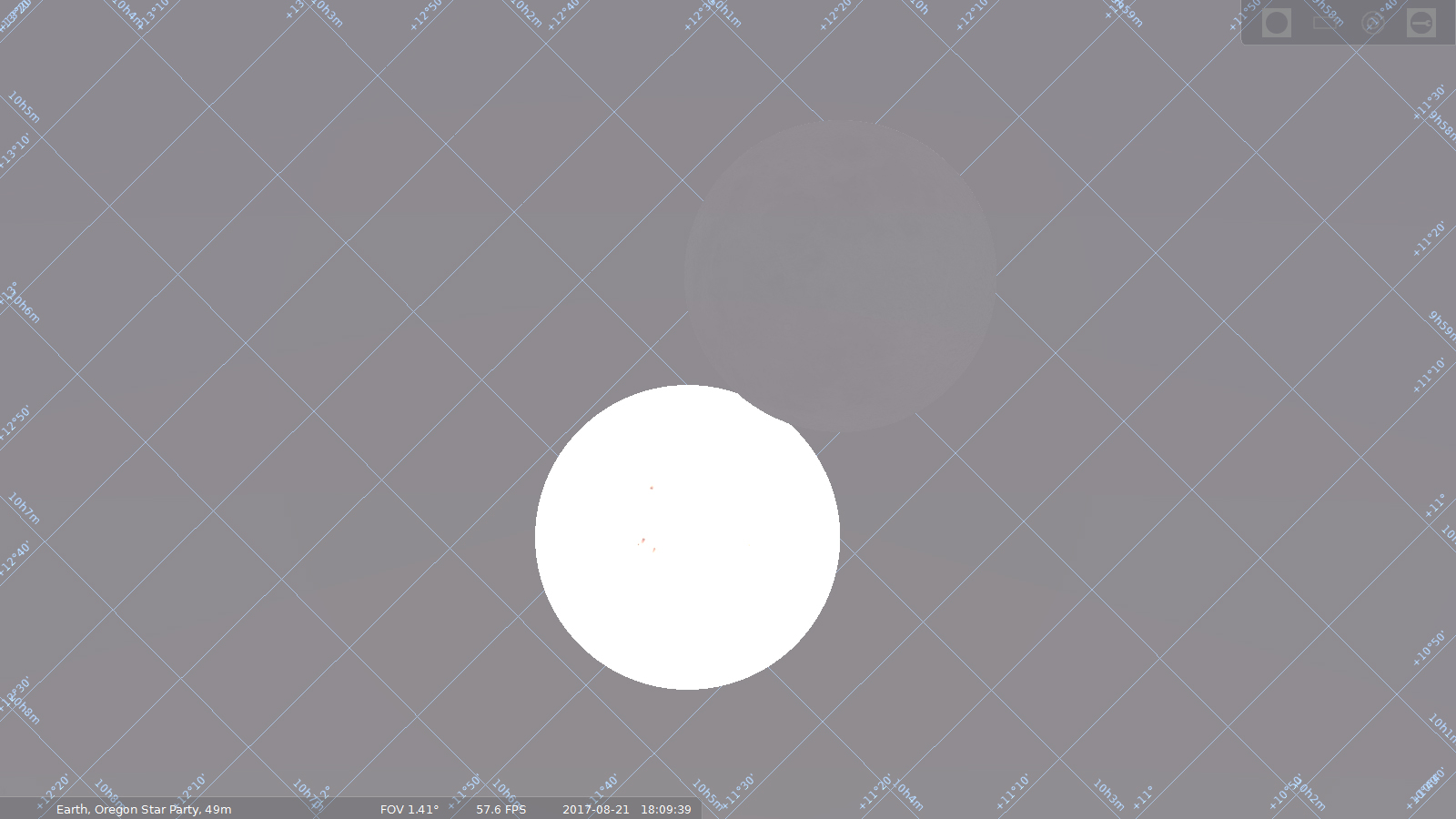
First contact
This is the start of the partial eclipse: The moon begins to cover the disk of the sun.
Naked eye: nothing to see. It will take several minutes after first contact to see the first bit of the moon.
Telescope: It is very important to know where to look and when. Learn the directions in the eyepiece by letting the sun drift across: west is the direction in which the sun will drift. This is also roughly the direction where the moon will appear.
Be informed about the exact position angle of first contact at your site. Remember the position angle is counterclockwise from north over east. When using a refractor with zenith prism or Herschel Wedge, bear any change of image orientation in mind!
I would recommend to use medium to high power if seeing permits to see first contact, then come back to the low power view.
Partial phase
The moon progresses in front of the sun. For a long time, nothing happens. But things accelerate during the last 10 minutes.
Naked eye: It is nice to follow the growing disk of the moon while wearing eclipse glasses. If you are very lucky, there may be some very large sunspots present, that can be spotted without binoculars or a telescope.
To the end of the partial phase, note that shadows on the ground get sharper. If there is a tree nearby, you can look out for dancing crescents of sunlight. They can also be created with pinholes in paper.
Telescope: Take a look at the profile of the moon. In good seeing, you’ll see mountains and valleys. The lunar disk may cover sunspots, look at differences in contrast and color. I recommend using medium to high power if seeing permits, come back to low power view for the comprehensive view.
If sharing your telescope, the partial phase is ideal to explain how your instrument works, and especially how to focus. You won’t want to explain this during totality.
Lessons learned: partial phase
- Stay relaxed and enjoy
- Don’t change anything on tue setup unless really necessary
- Make sure the filter is securely fitted to the scope
- Make sure that no one touches your scope if you’re not at it
- If you leave the scope alone, recheck for filter before using it
Second contact
Now it gets serious: The real action begins. If this is your first eclipse, this experience will completely overwhelm you!
Naked eye: The light will get darker, and everything looks yellowish minutes before second contact. Check for flying shadows on the ground or bright background (houses, cars, even towels). When totality is only moments away, look out for the dark lunar shadow on the western horizon. The gradual fading of the sunlight will accelerate into a rapid loss of sky brightness: suddenly it’s dark!
Telescope: When the crescent of the sun is still visible, look out for disconnected parts at ends of the crescent. Stay at low power, and make sure the sun is in the center of the field. Prepare to take off the filter in an instance.
Now this advice comes with considerable caution: When observing with a small Instrument, take the filter off while the sun is just about to disappear. Peer through the eyepiece very carefully to check if the image is still too bright. You will see the awesome phenomenon of Baily’s beads for about 10 seconds prior to second contact. What the beads look like depends on the lunar profile: it might remind you of a string of pearls, or one big diamond fading out rapidly.
Lessons learned: second contact
- If using a small scope, take the filter off when sunlight is just about to disappear to get Baily’s beads, but be very careful
- If using a large scope, wait until the sunlight has faded out completely
- Don’t risk your eyesight at any moment!
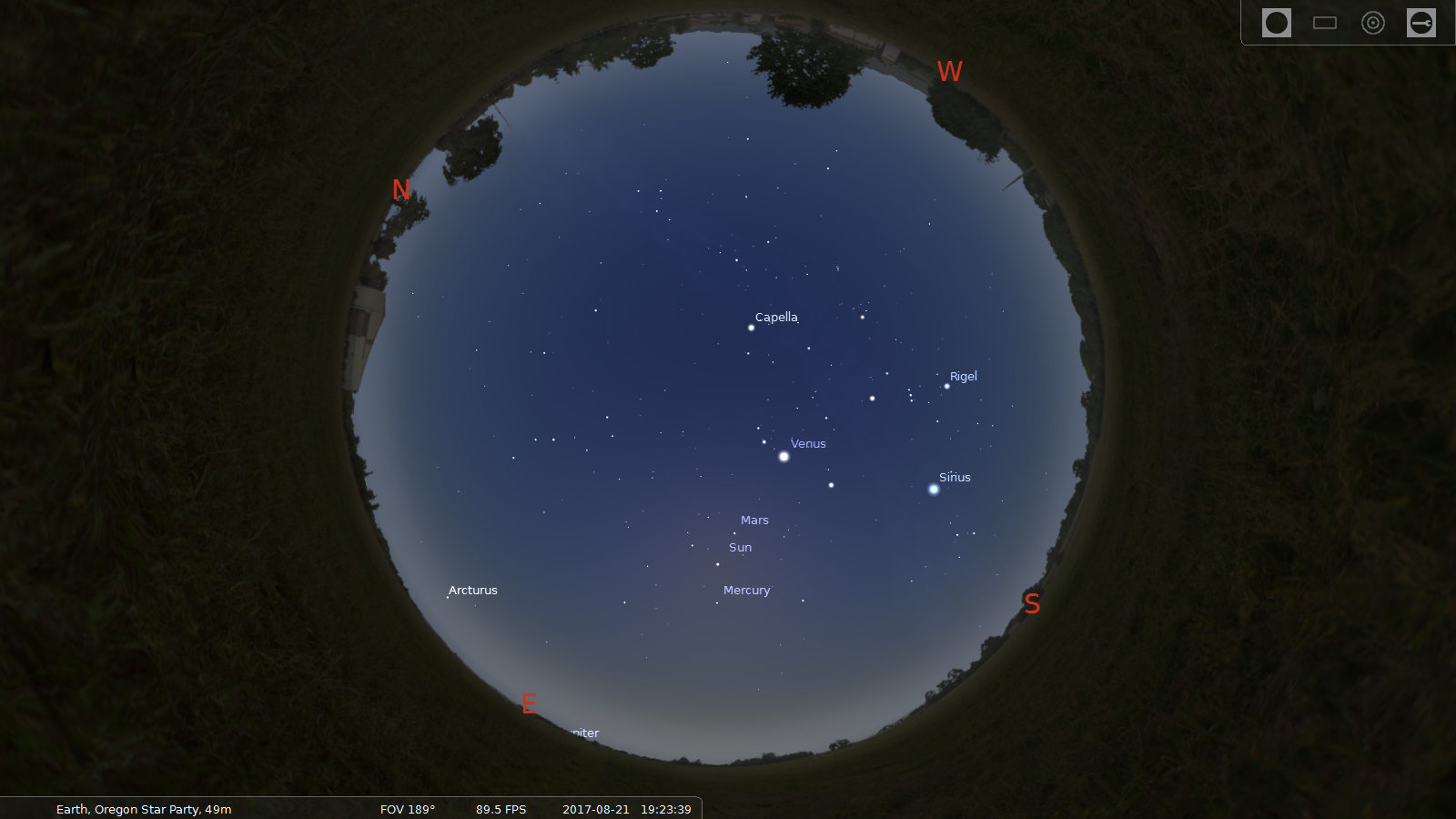
Totality
This is the main event. For some brief moments, the moon has covered the sun entirely.
Naked eye: The sky looks eerie, with the dark moon in front of the white light of the corona, and the dark blue sky with a ribbon of twilight all along horizon. Check for the brightest planets and stars, especially Regulus, Mars, Venus, Jupiter, and Sirius, but don’t look for too long.
Telescope: admire the sight at low power. Have a look at the corona and try to see filamentary structure, loops or rays within it. Can you see anything on the lunar disk?
Now change to medium power to zoom in on any bright prominence (the pink spots on the rim). Scan along the lunar rim to see other prominences. If there is a bright prominence use high power if seeing permits.
I recommend not to change eyepieces too often, but you should definitely try it! Stay at low power if too excited or sharing views.
Lessons learned: totality
- Filter must be off now!
- Don’t hurry in every thing you do, but don’t be lethargic either
- Stay at low power if too excited or sharing views
- Don‘t forget to take in the view without telescope
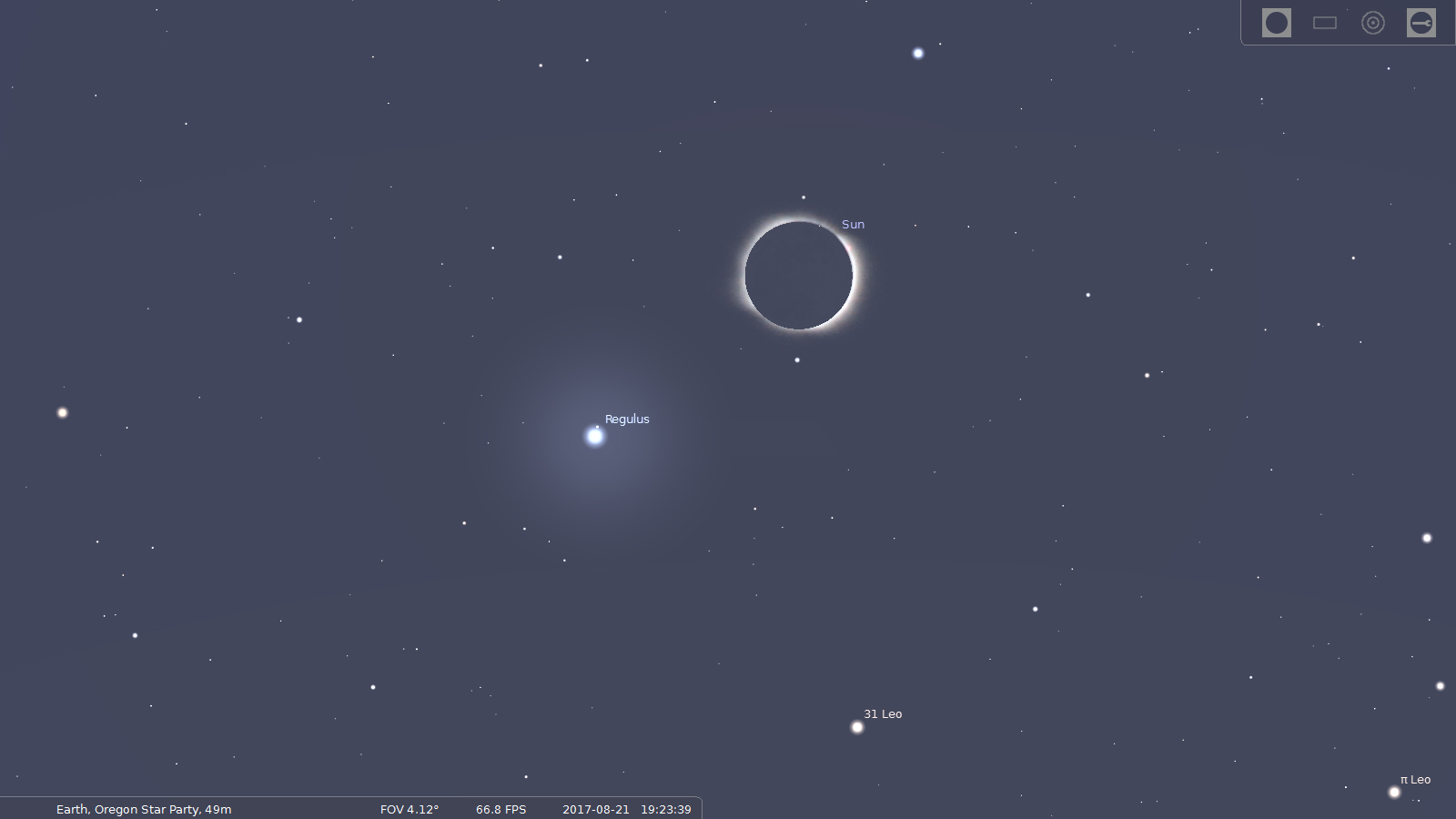
Third contact
All too soon, totality is over. But the moment when the first sunlight comes back is one telescopic highlight that should not be missed.
Naked eye: look at the sky brightness rising in the west. If you wait too long, suddenly the first sunlight apprears – you should be looking into your telescope at this point! The increase in brightness is experienced much faster than the decrease at second contact, as your eyes are adapted to the low light level.
Telescope: The pink rim of the chromosphere rises above the lunar disk. Before it happens, you’ll be able to guess where the first sunlight will appear. Suddenly this happens, and Baily’s beads are emerging, either slowly or quickly, depending on the lunar profile. At the same time, the corona fades out, and the prominences are overwhelmed by the sunlight.
This moment will take about 10 seconds. It is prolonged when any clouds are present. Get off the eyepiece as soon as the image gets too bright, and don’t forget to apply the filter again.
Lessons learned: third contact
- Try to look without filter for some seconds, until the image gets too bright.
- Be careful! Don’t risk your eyesight at any moment.
After that
I bet you’re so overwhelmed that you won’t look closely at what happens after totality. Make sure the filter is on the scope securely.
The last remaining question may be: What is the time the last piece of moon can be seen? Try as high power as seeing permits. In bad seeing, last contact is hard to guess.
Final lesson: How to avoid disappointment
Believe it or not: your brain will not work normally on eclipse day! As anticipation and excitement rise, you will not be able to take quick desicions and make errors. So my advice is that all plans should be made beforehand, and all gear should be ready on the evening before the eclipse. Here is what I would recommend:
- If anything requires changing of plans on eclipse day, this will not work without errors.
- If anything fails, don’t rush and hurry
- if you can’t fix it quickly, abandon that piece of equipment, even if you have to stick to binoculars or the naked eye
- Don’t try to do visual telescopic observation and photography in parallel, especially not on the same instrument
- If there are clouds just before totality, don’t loose hope
- Don’t forget just to look and admire
- Relax – and enjoy yourself!
Disclaimer
Observing the sun with a telescope can lead to serious injury of your eye if according precautions are not taken. Always employ a filter that has been designed and certified for solar observing. If you have no experience in observing the sun with a telescope, do not attempt to follow my recommendations at second and third contact during this eclipse.
All risks associated with observing the sun rest solely and entirely with you. You fully understand and assume the risks in observing the sun visually.
Links
Oregon Star Party, the place where I will observe the eclipse of August 21
Review of Takahashi’s FS-60C, my eclipse telescope
